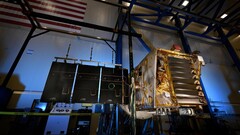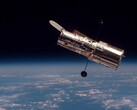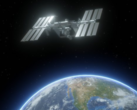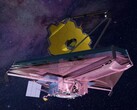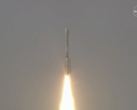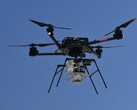The Lunar Trailblazer mission, launched on February 26, was designed to study the abundance, location, form, and changes in the Moon's water over time. But the day after its launch, the mission controllers lost contact with the spacecraft, and all efforts to establish two-way communication proved futile.
The mission team received limited data from Lunar Trailblazer, indicating that its solar arrays were not properly oriented towards the Sun. This caused its batteries to become depleted. NASA, in an attempt to reestablish communications with the spacecraft, collaborated with other organizations. They learned that Lunar Trailblazer was heading further into deep space in a slow spin. As time passed, the spacecraft had moved too far for any reconnection attempt to succeed.
The Lunar Trailblazer mission was supposed to provide answers to questions about lunar water with the help of two instruments aboard the spacecraft — the High-resolution Volatiles and Minerals Moon Mapper (HVM³) infrared spectrometer and the Lunar Thermal Mapper (LTM).
The HVM³ was built by NASA's Jet Propulsion Laboratory to detect and map the locations of water and minerals. The LTM, built by the University of Oxford and funded by the UK Space Agency, was to map the minerals and thermal properties of the lunar landscape.
Together, these instruments would have provided information on the Moon's water abundance, location, form, and how the water distribution changes over time. All of these data are essential in the broader push towards establishing a sustained human and robotic presence on the Moon.
While the Lunar Trailblazer mission failed, the technology used to build its instruments will continue to serve in other missions. The Ultra Compact Imaging Spectrometer for the Moon (UCIS-Moon) instrument, selected for a future orbital mission, has an identical spectrometer design used in HVM³.




